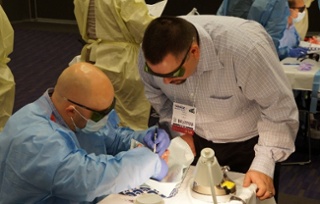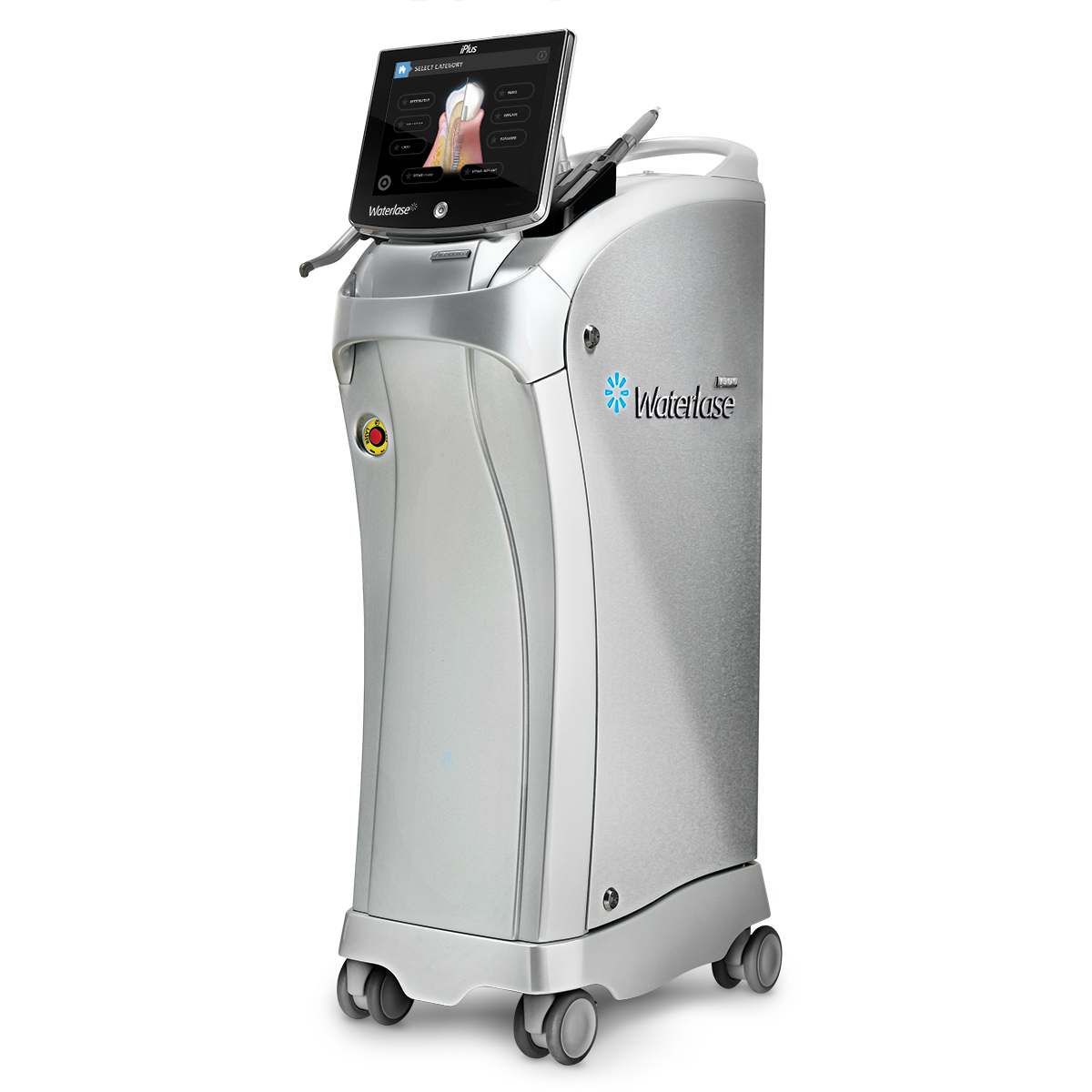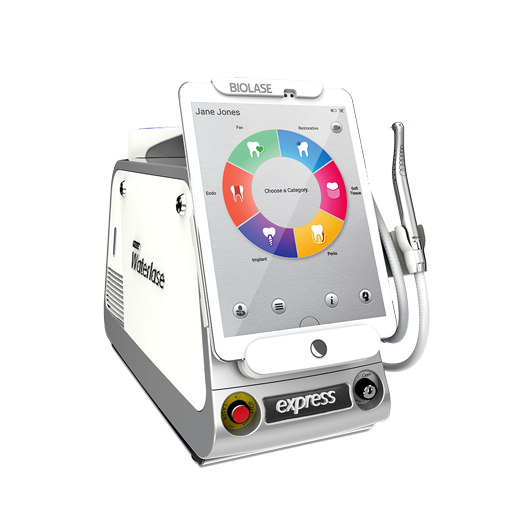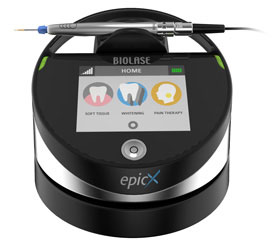Dental diode lasers, also known as soft-tissue lasers, are perfect for cases that involve cutting or contouring soft tissue. The laser advantage includes improved hemostasis, improved patient comfort, decreased swelling, reduced anesthetic, eliminated sutures, reduced bacterial count, improved operator time, versatility, and practice impact.
Leading researchers and educators believe that soft-tissue lasers create predictable aesthetic results within a general practice. If you’d like to elevate the dental experience for your patients, a test drive of a diode laser is a great place to start. This is your chance to see how the diode performs and whether you can detect any shortcomings with its speed, performance, comfort, start/stop, or any other important system.
Make every effort to try all the diodes you’re considering on the same day so you can compare them more easily. Tradeshows or lunch & learns are a perfect way to do this. Demo each unit for as long as possible and over different types of surfaces. Plan your own ease-of-use route in advance. Think about what procedures you perform the most and see how well each laser responds.
There are some major things you should concentrate on during your test drive. All diodes have distinct personalities, and it’s important to find one that matches yours. Advanced diode lasers are on the market and offer professional-grade functionality. Things that might seem trivial now, such as the shape of the hand piece or the portability of the device, could become major irritants later on. Here are a few tips for conducting an effective clinical evaluation:
Ergonomics 
User comfort is determined by the laser’s power, speed, and shape, but it’s also the one attribute driven by personal preference. The sportier diodes are known for precise and sharp handling characteristics. Be sure that the diode is comfortable in your hand during the test drive.
Is the hand piece too wide, too narrow, or somewhere in between? Does the tip isolate you from the tissue, or do you feel everything? Look for a diode that feels controlled and comfortable in your hand.
Speed
Make sure that the laser provides adequate acceleration when starting a procedure and that you can move it around safely. Cutting speed depends primarily on the power of the diode. A great system coupled with a mediocre interface will deliver unpredictable performance.
One of the main benefits of a test drive is to see if you like the powertrain. If so, that’s terrific but if not, now is the time to change your selection and keep looking. During your test drive, be sure to try quick acceleration from a stop.
Stopping
Does the diode feel responsive without being too jerky? Stopping is sometimes hard to evaluate thoroughly. It’s easier with professional help such as an experienced clinician or product representative nearby. Feel how the hand piece responds when you set the power, both softly and with more force. It should be pretty smooth, and it should be easy to get just the amount of stopping power you need.
Movement
Does the laser respond well to movement? Does it track well and stay on course or does it need small continual corrections and adjustments? The movement should feel relaxed and should not dart on soft tissue. It should also stay relatively composed on different tissue thicknesses.
Quietness
Consider noise when selecting a diode. Test drive units in a quiet setting such as your practice during non-patient hours so you can hear what is going on. The ambient sounds should be at a level you can tolerate. Noise has to do with the quality of the laser as well as its size and configuration. If any laser sounds coarse and loud under acceleration, it could become annoying later. Lasers don’t get quieter with age.
Drag
The ability to achieve a smooth, snagless cut is paramount. Does the laser stall or catch (drag) on demo tissue? If not immediately noticed, the result is unnecessary collateral thermal damage because the time on one area of tissue is extended. Don’t let your laser drag you down.
Size
A cluttered work environment is unawesome. Footprint size matters and diodes range from pen-size to an organized dental cart. Decide where you want the laser to reside in each operatory.
Portability
A compact, portable device is easier to transport than a hefty unit with a tangled mess of cords in tow.
Bells & Whistles
Non-contact accessories are available to relieve minor pain and TMJ-related conditions with Low-level Laser Therapy (LLLT). More advanced diodes are equipped with deep tissue hand pieces that target laser energy into the working field so you can complete every case in comfort. In addition, leading manufacturers offer whitening accessories for 20 minute teeth whitening.
Supplies
Laser tips and other supplies like laser glasses, and protective covers should be factored into the test-drive process. Single-use, disposable tips eliminate the potential for cross-contamination that can occur in conventional dental burs. What patient doesn’t like to hear how clean and safe your practice is?
ROI
Think of the big picture and step away from the profit cycle. While many practices account for innovation and technology efforts as overhead, thinking of technology instead as insurance to future production is more practical.
Credibility
So you’re close to a decision? Ask the manufacturer to supply you with evidence-based studies, peer-reviews, and ask about FDA approval. Keep in mind that all FDA clearances are not created equal, so you’ll want to ask the manufacturer if there are any limitations.
Select a diode with premium features that facilitate an elevated dental experience for your patients. They’ll tell other patients and your practice will live long and prosper.
Training and continuing education are essential so select a manufacturer that provides excellent support and service. The Academy of Laser Dentistry offers a standard proficiency course that educates the practitioner at a reasonable beginning competency. The World Clinical Laser Institute has certified more clinicians than any other organization and offers ongoing courses for every level of training, safety, and certification.



